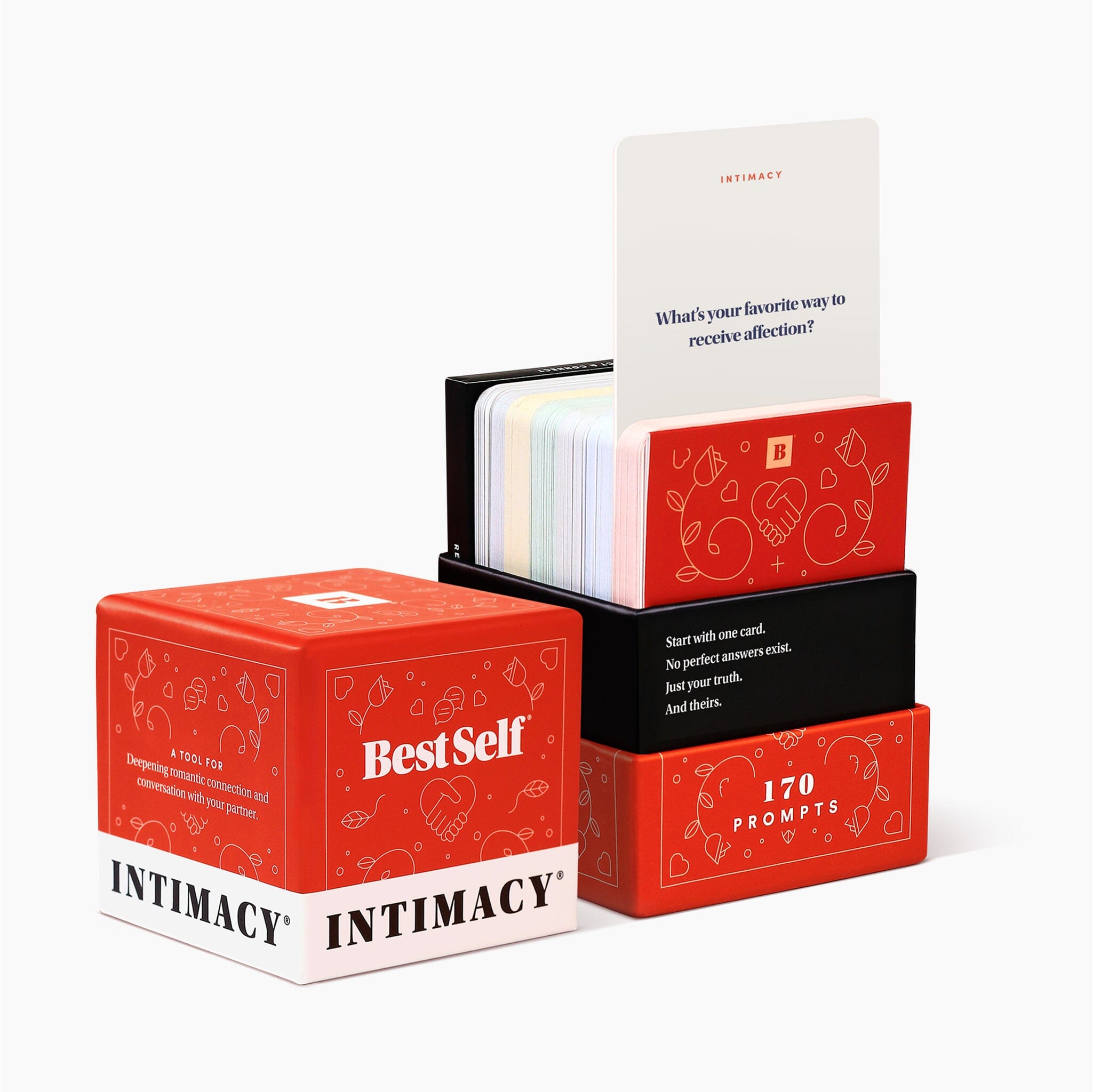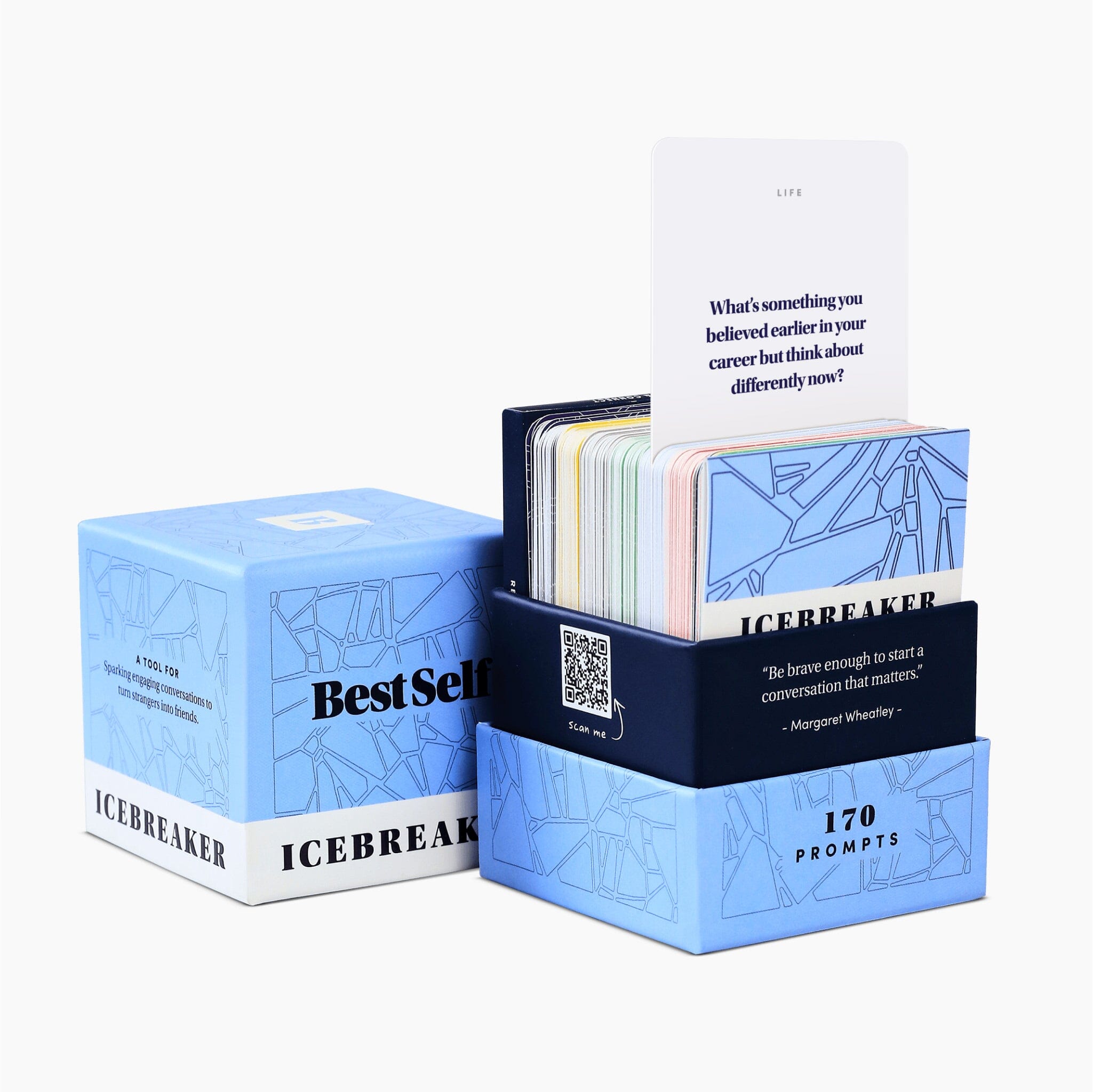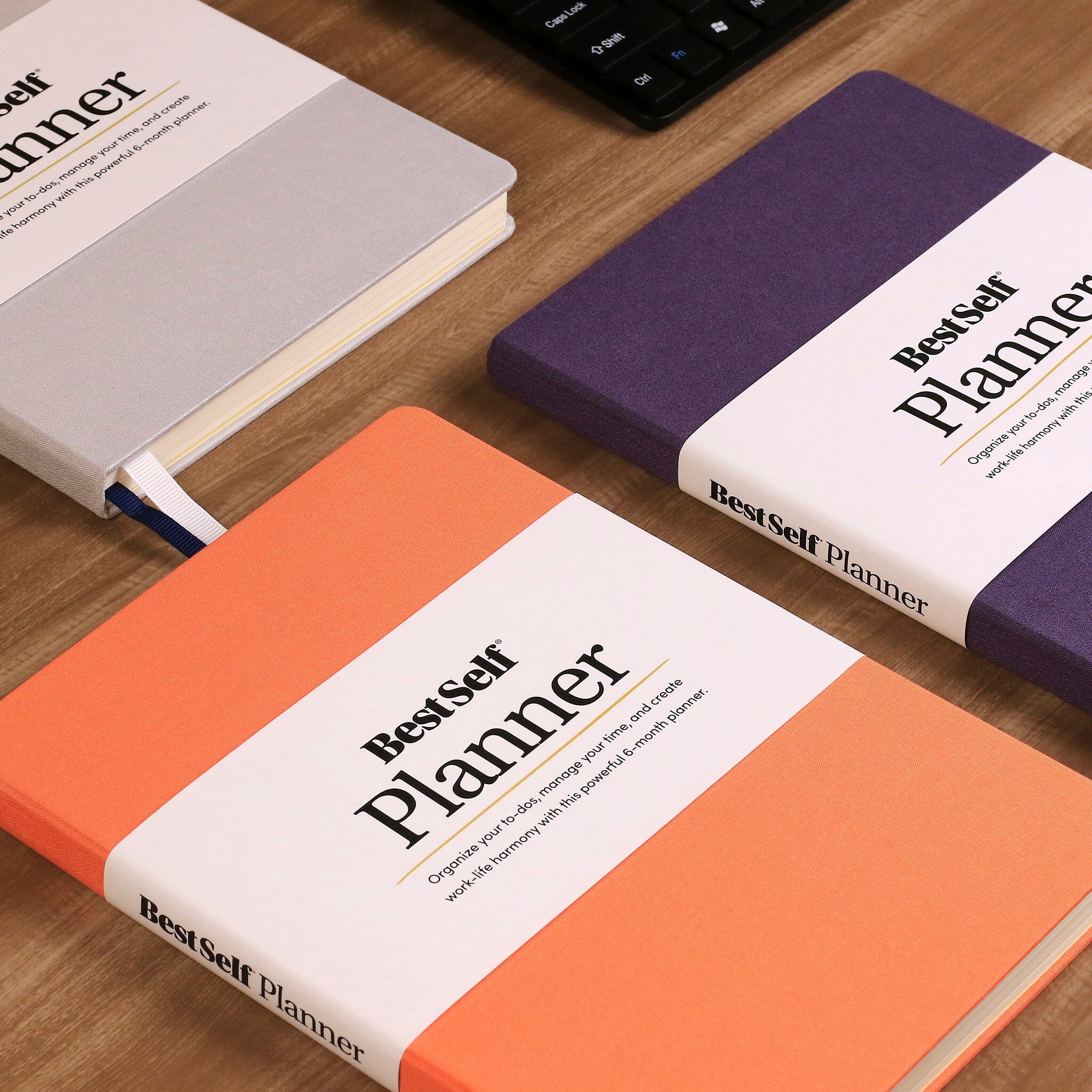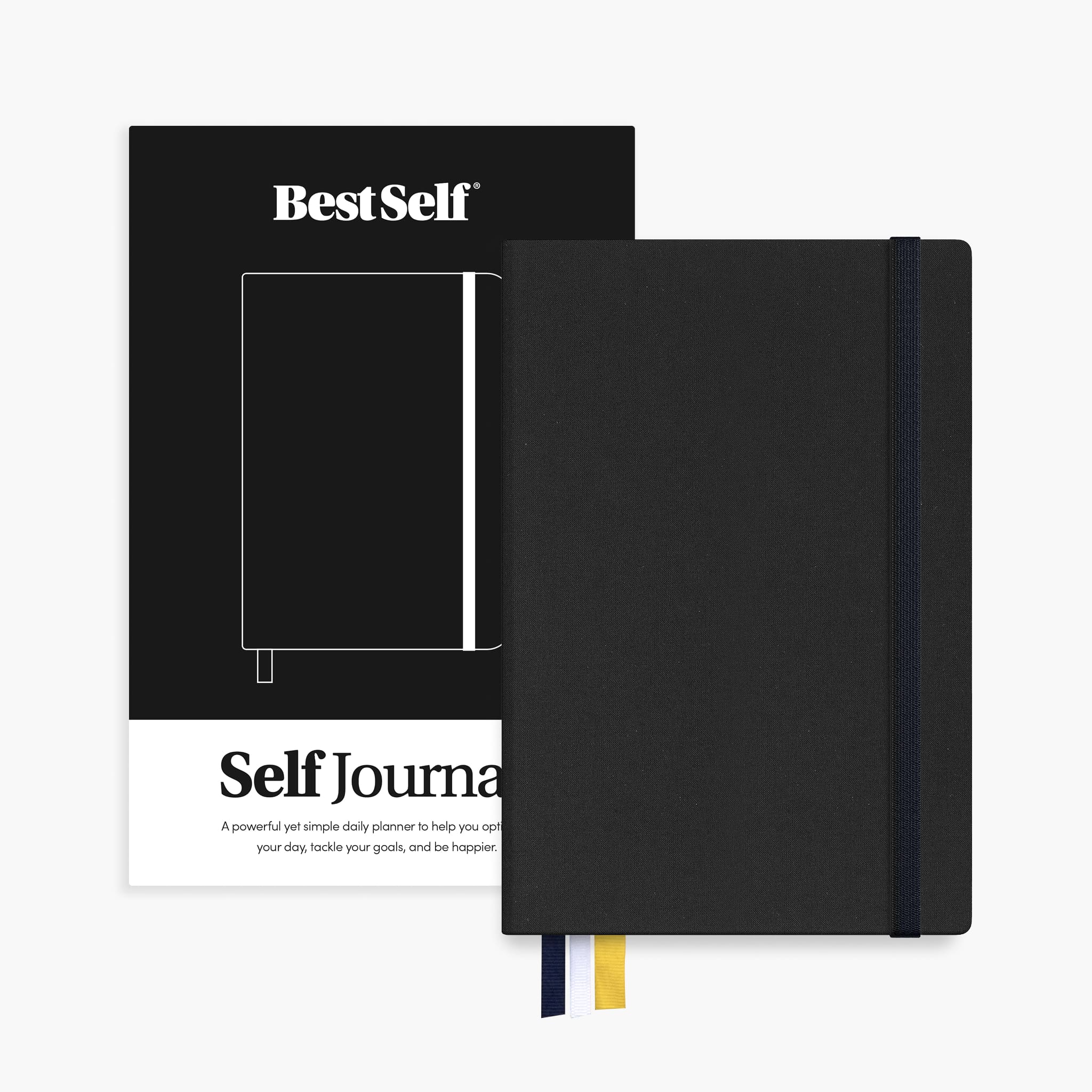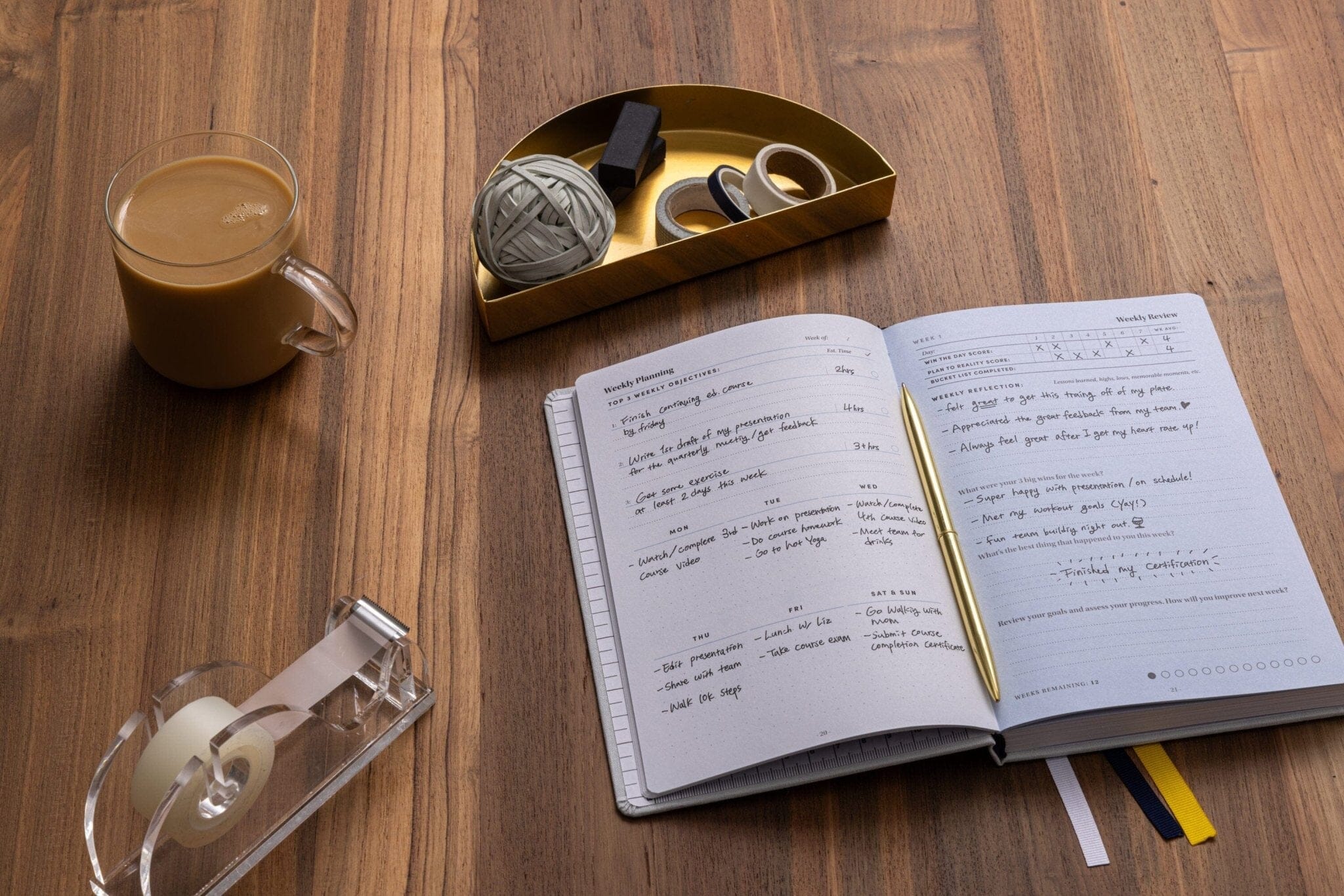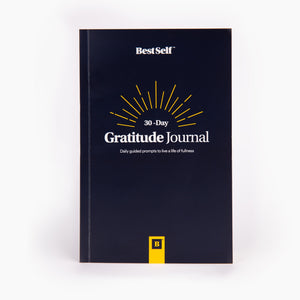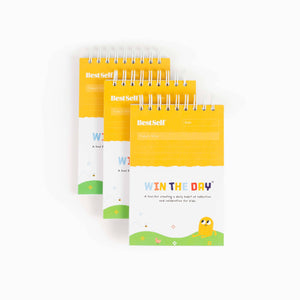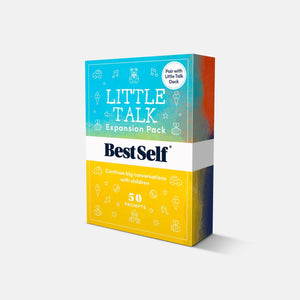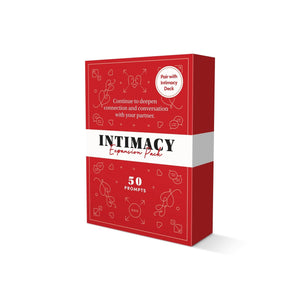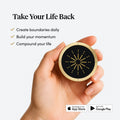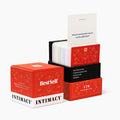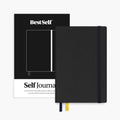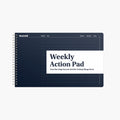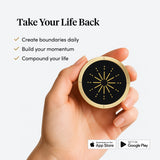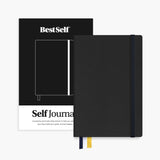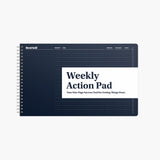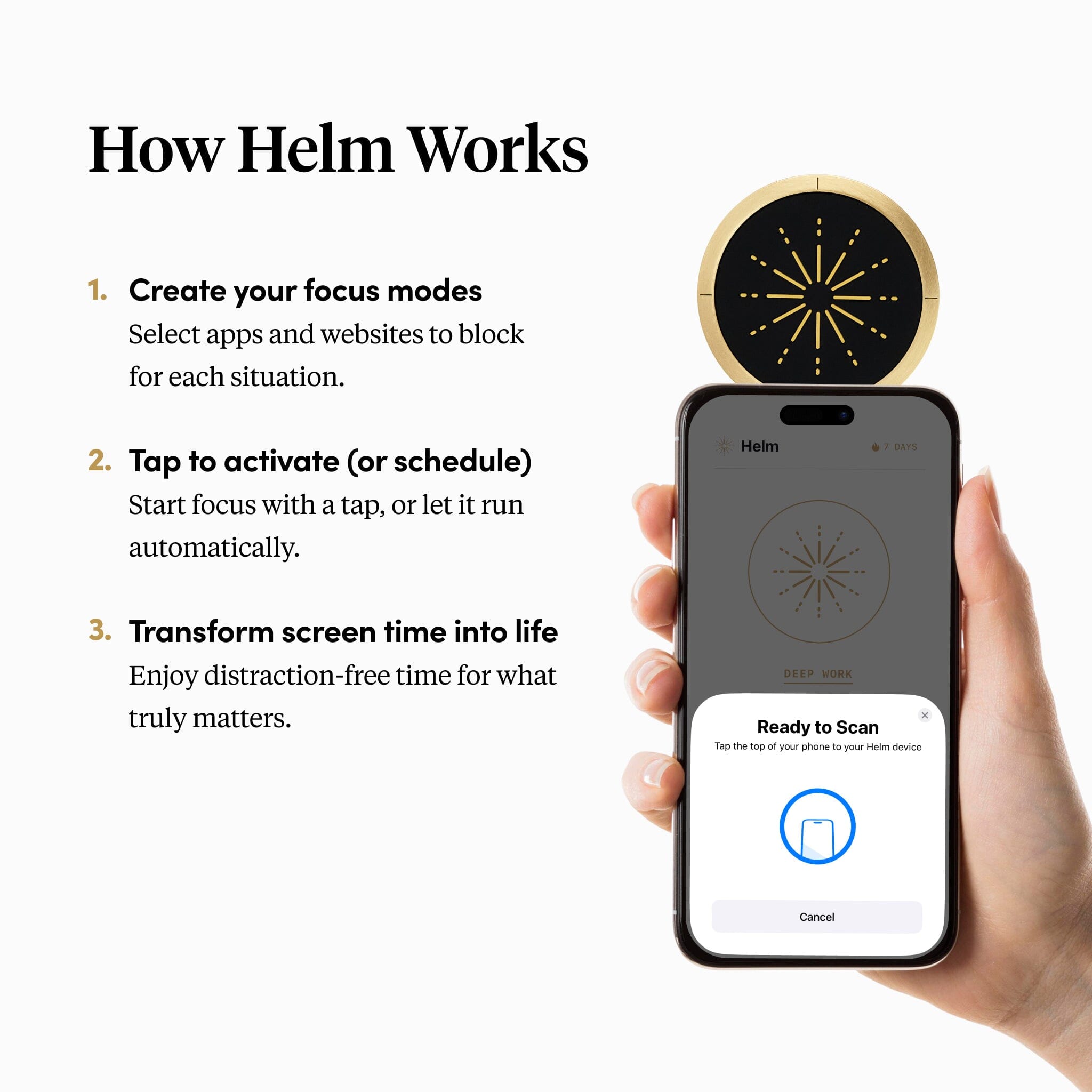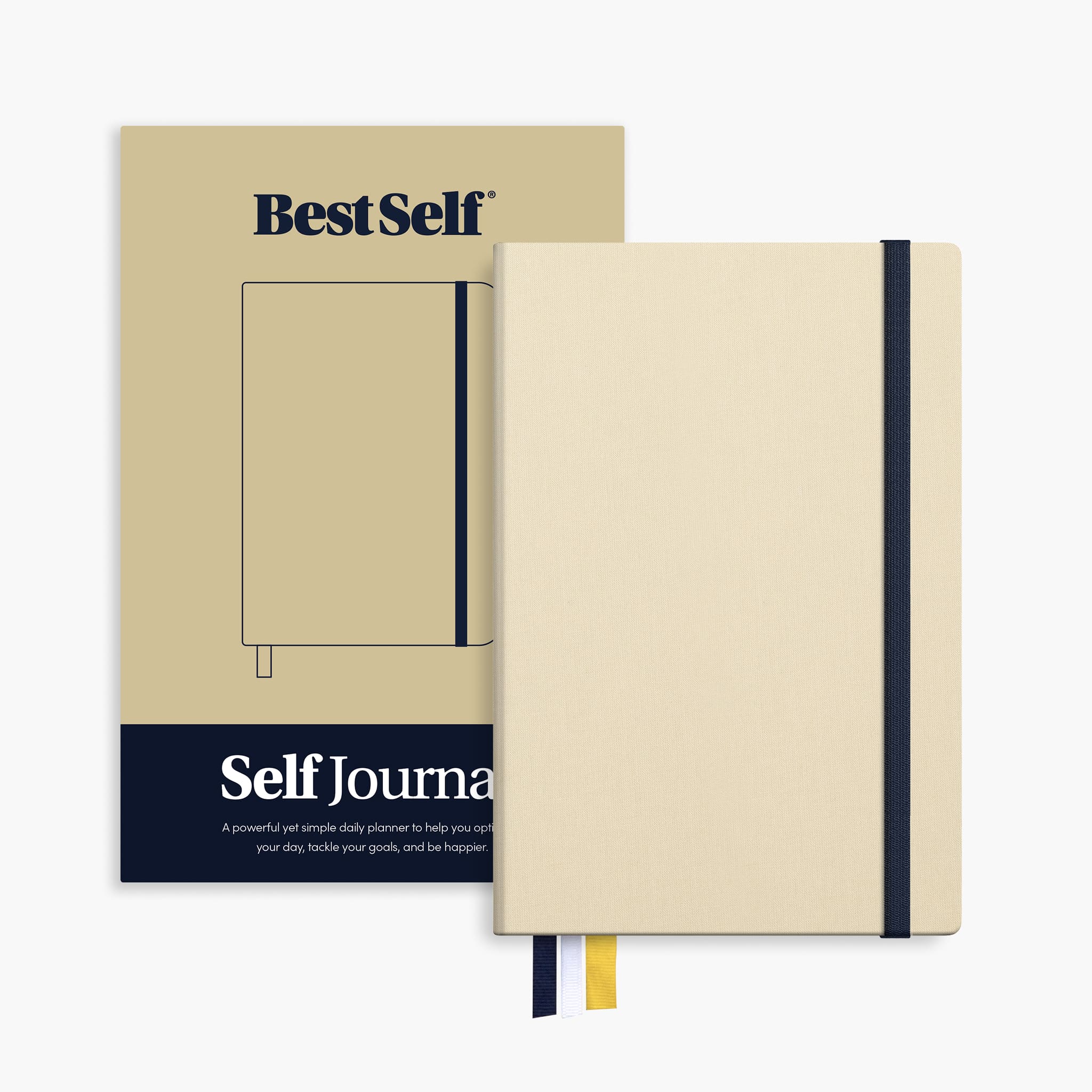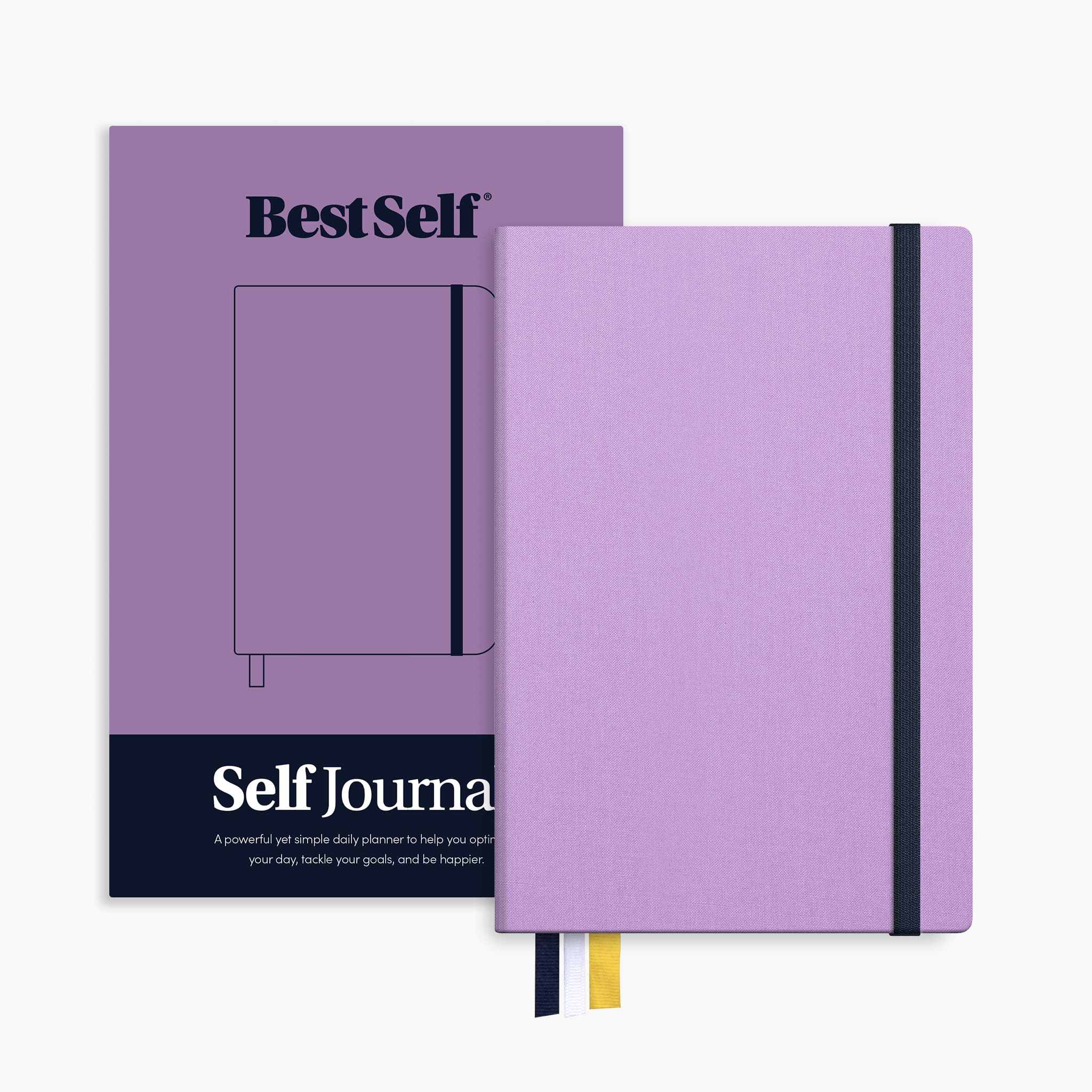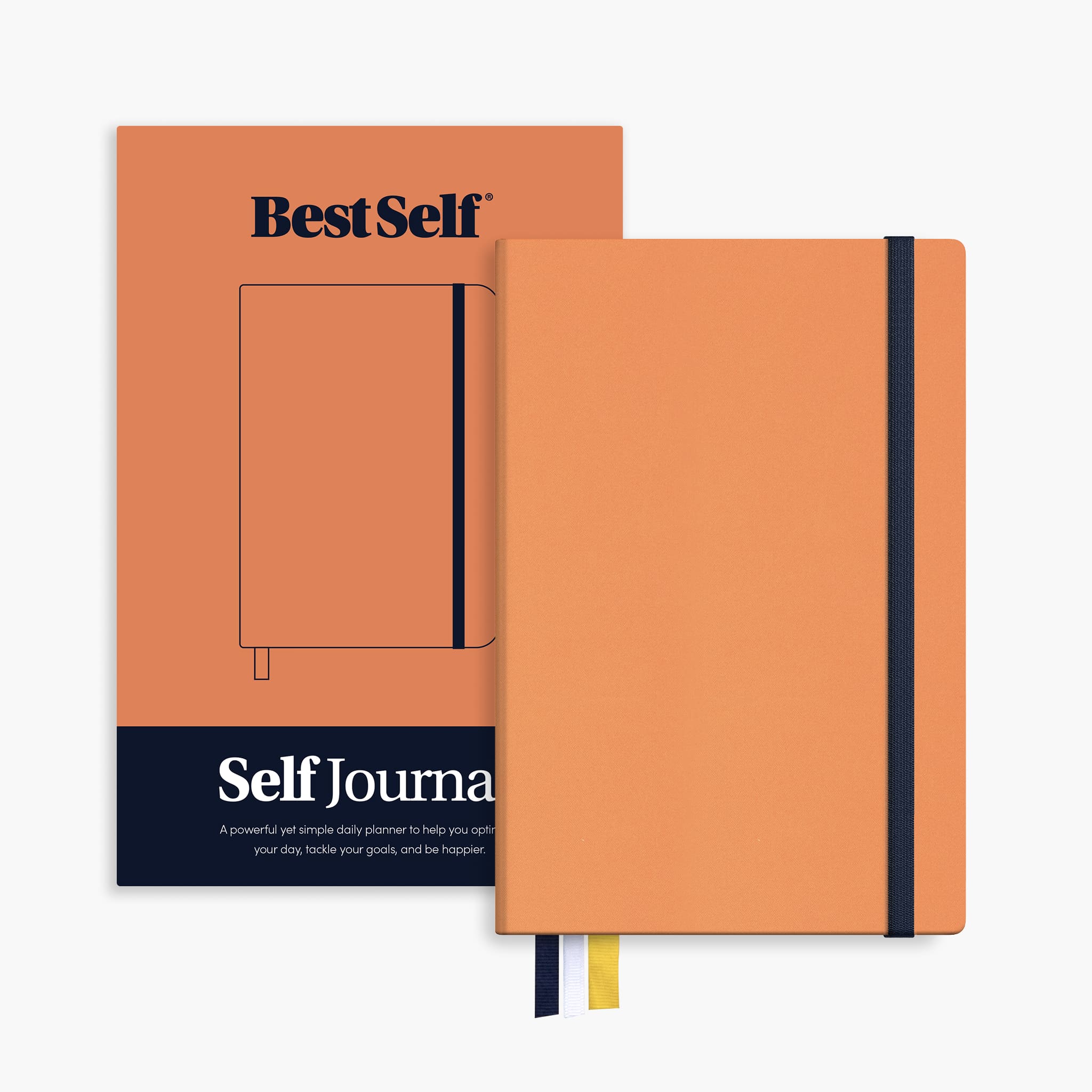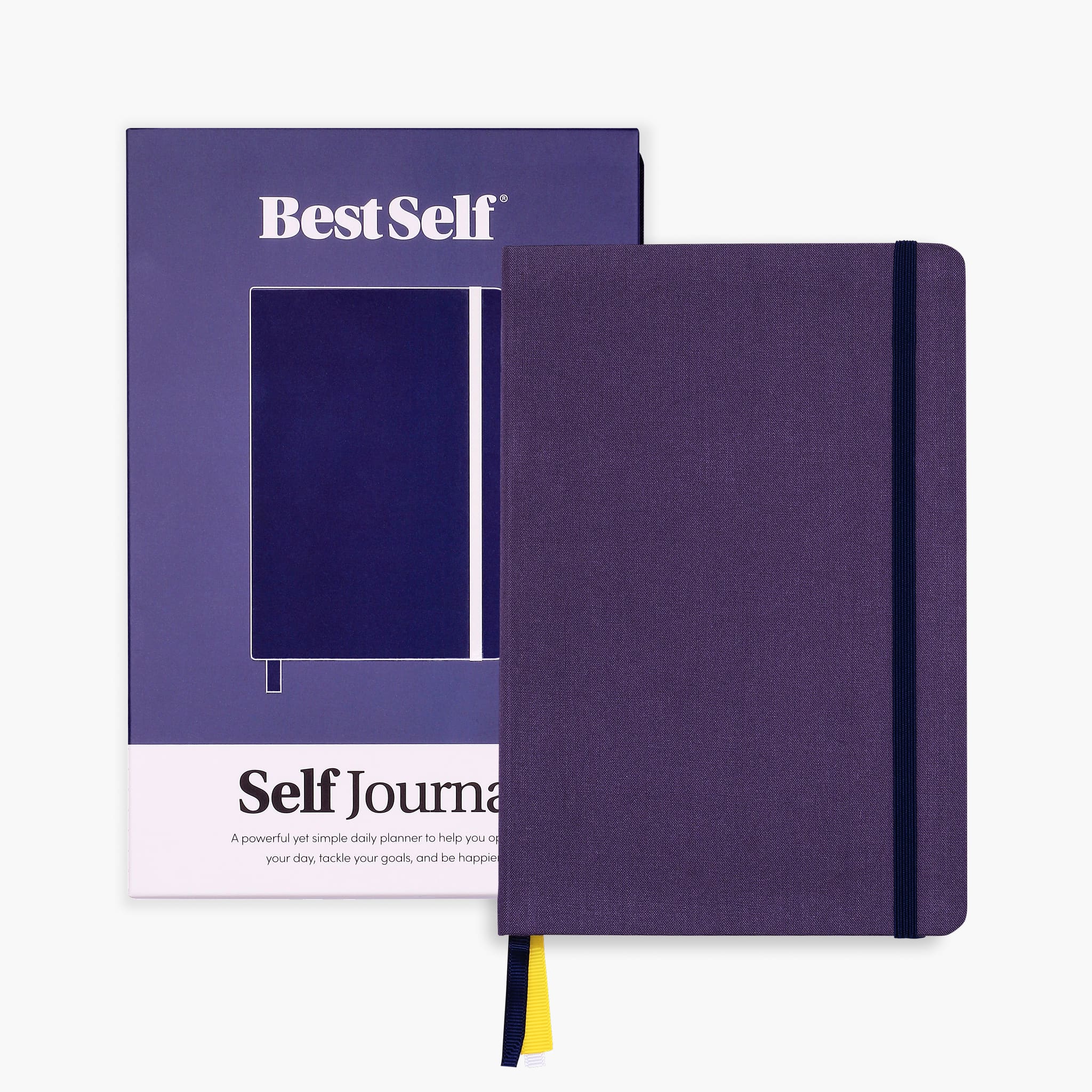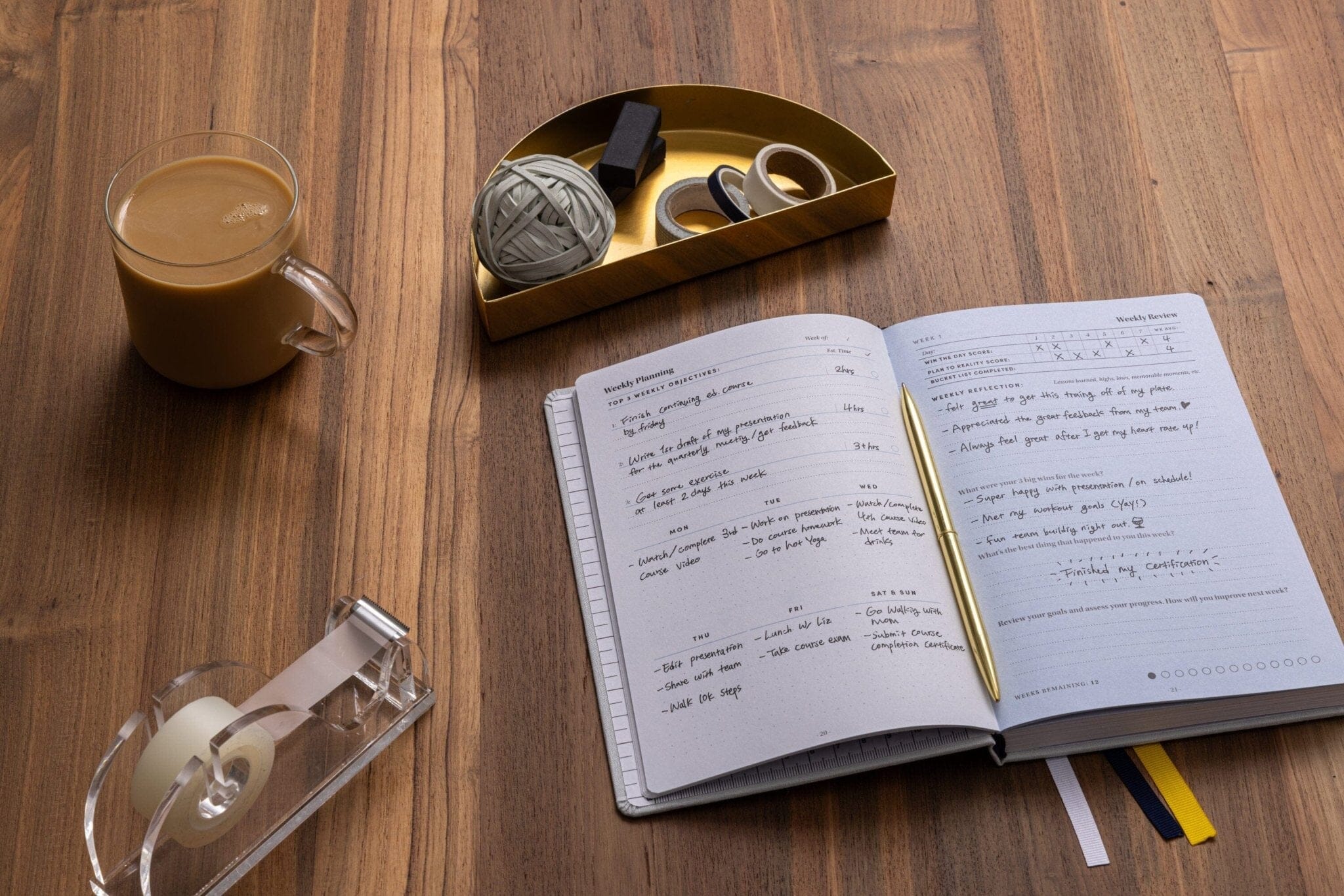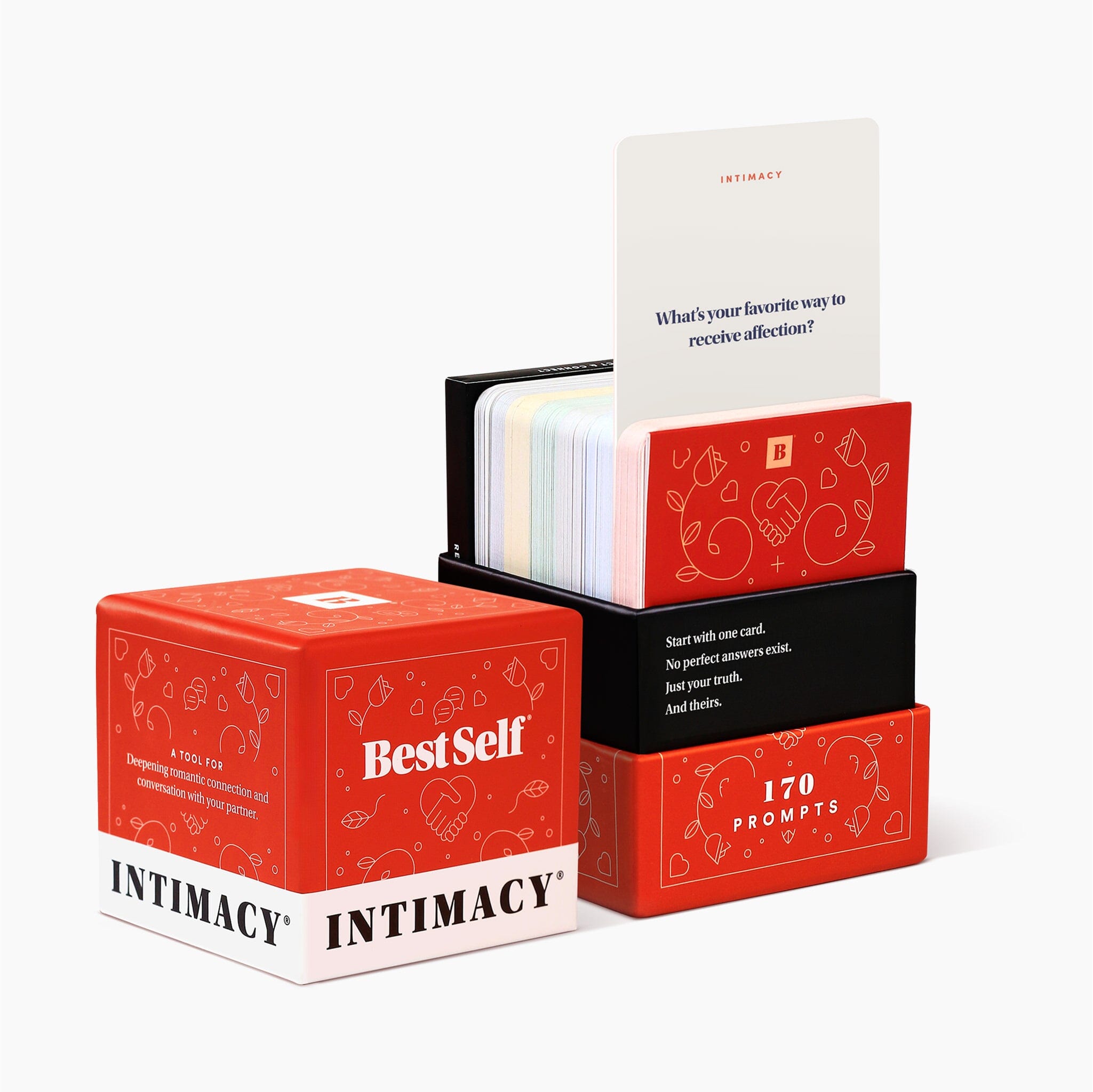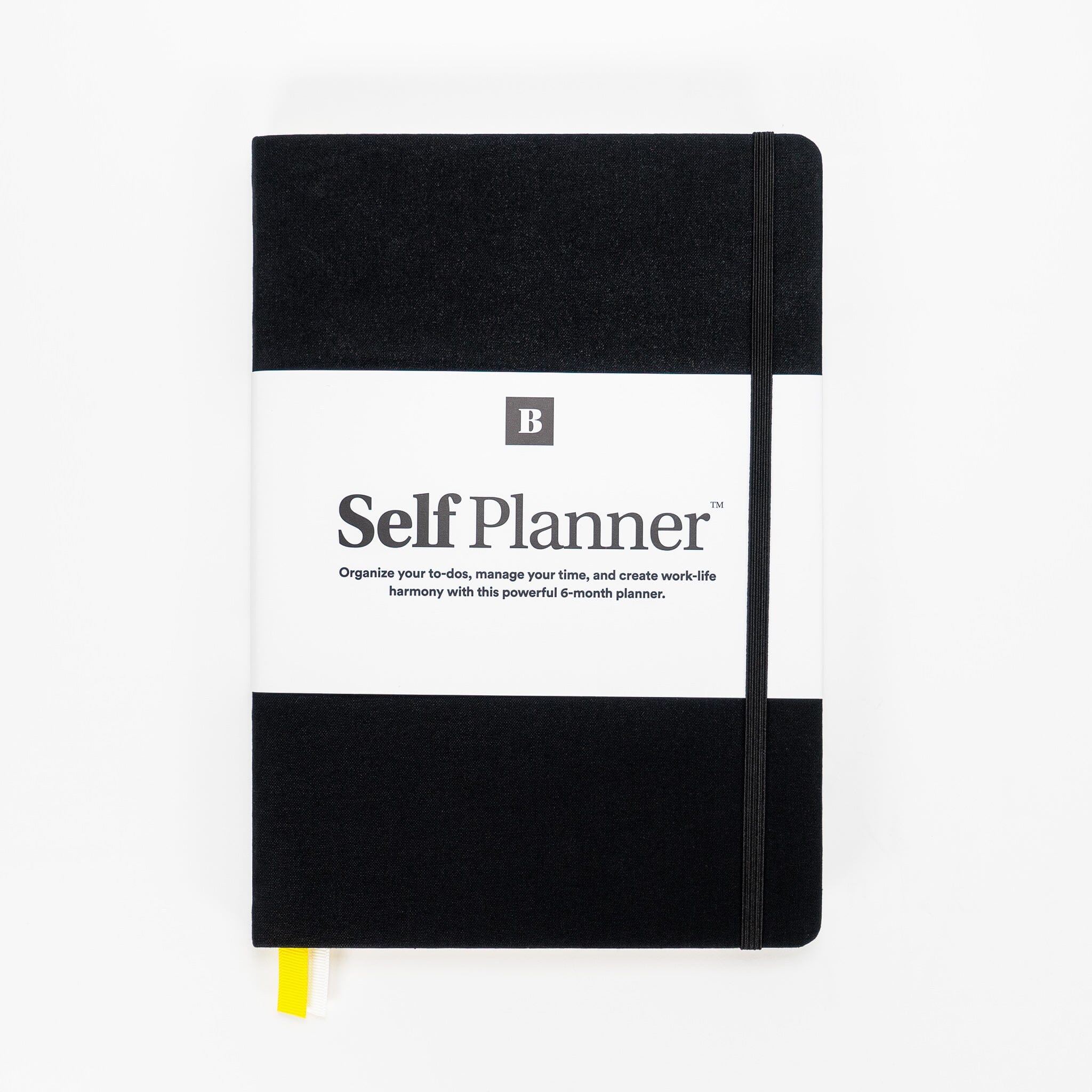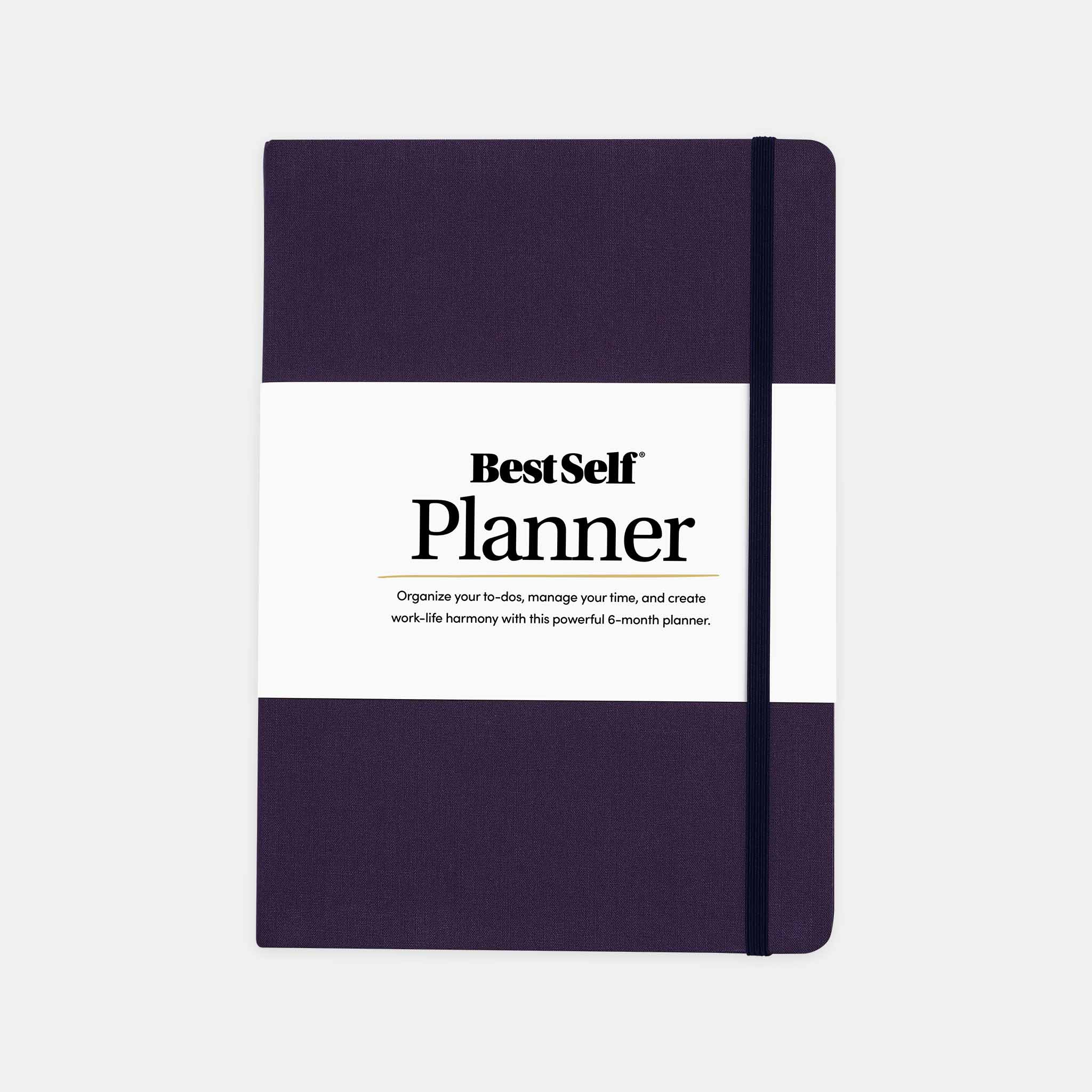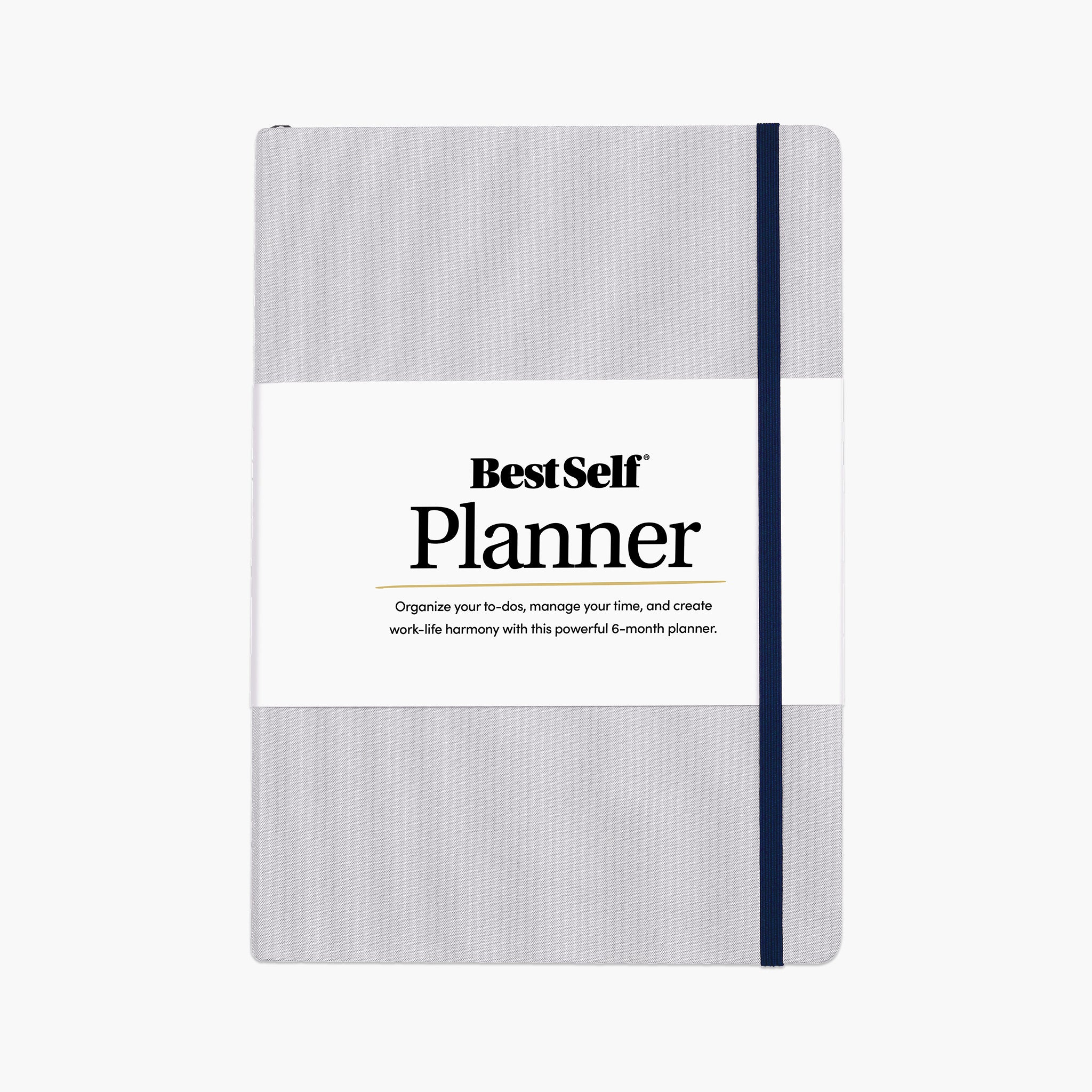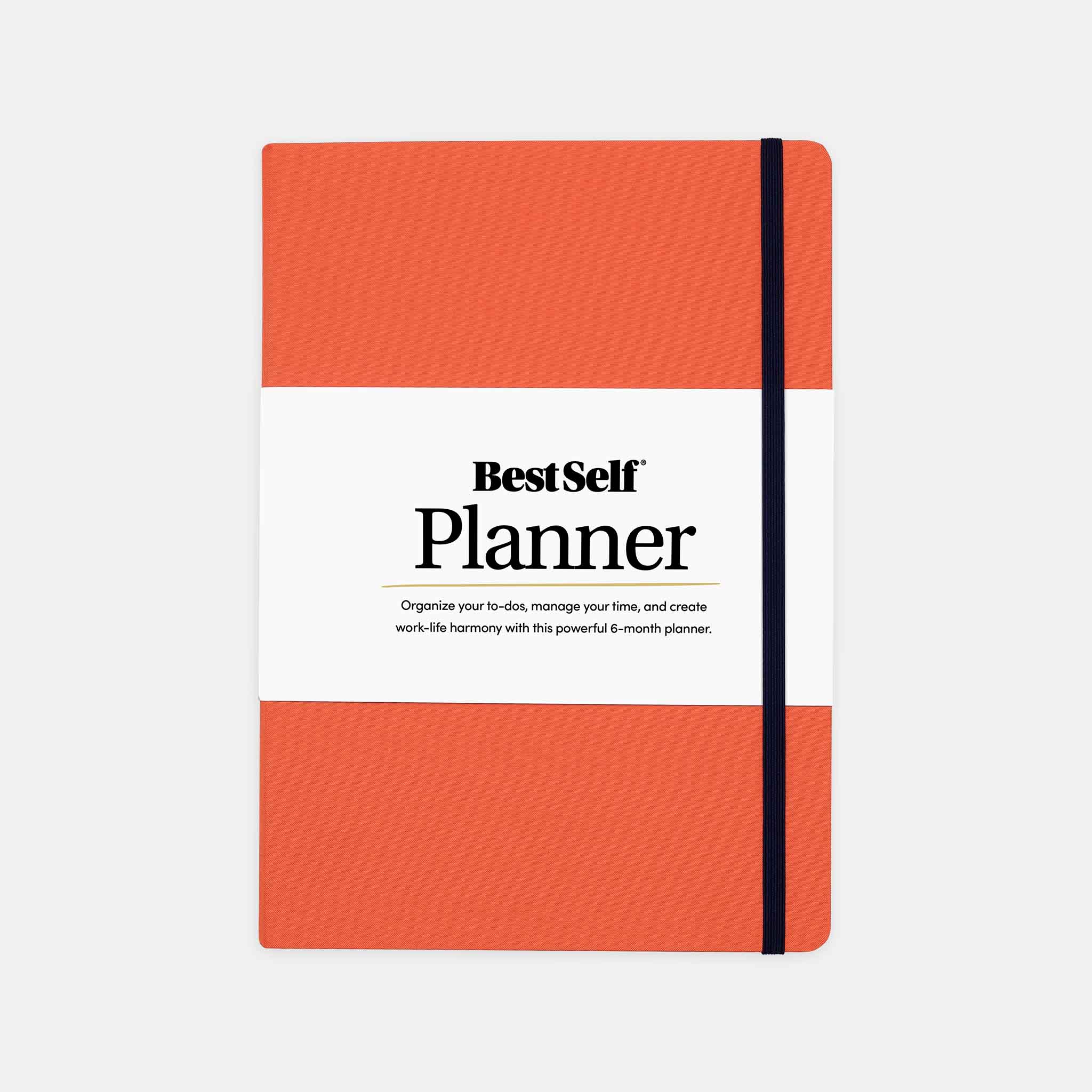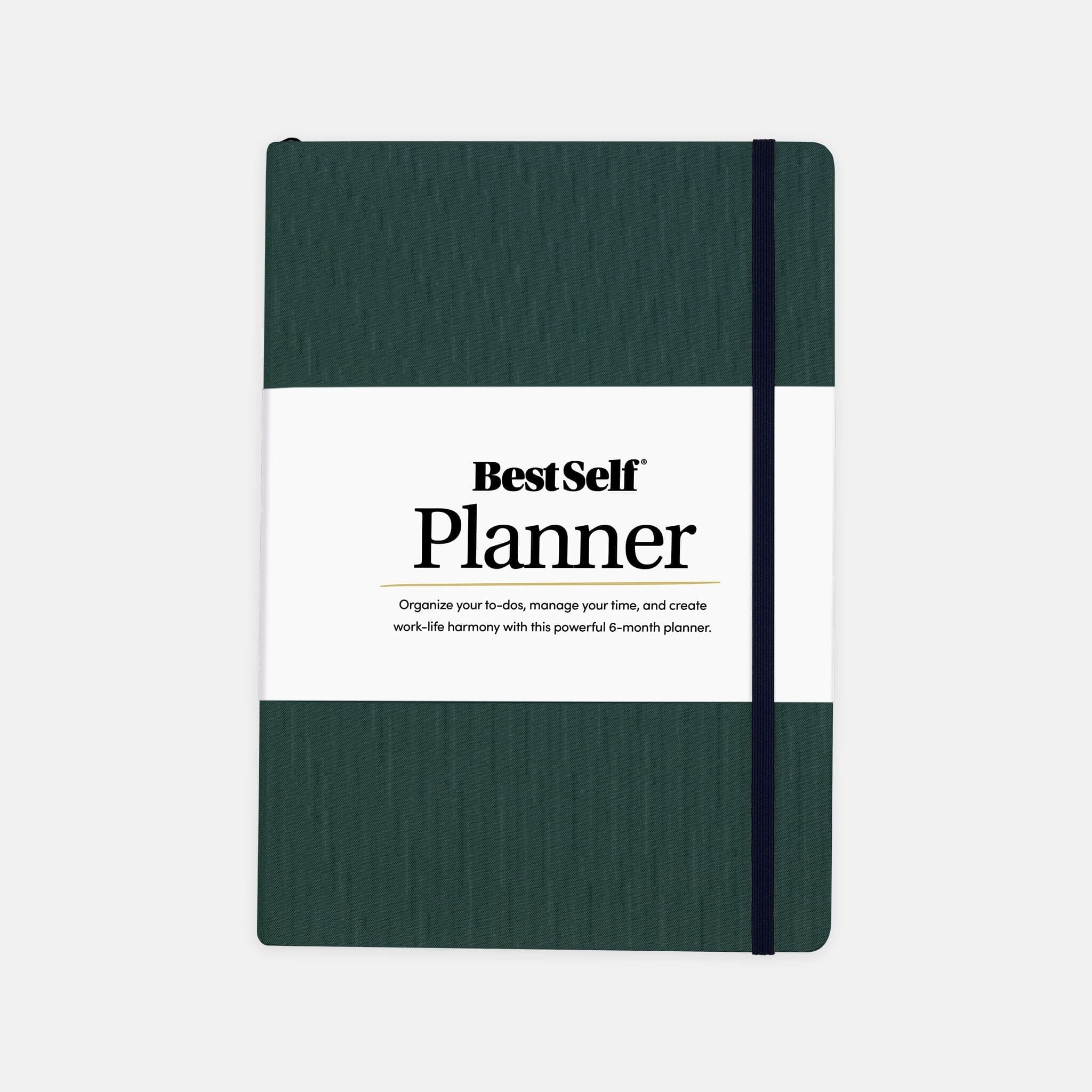By Georgina EL Morshdy
TLDR? Here’s a quick synopsis.
➤ The ADHD brain is a disorder of executive function, NOT attention deficit alone.
➤ You can do practical things to refuel the executive function and boost focus and productivity.
➤ These include:
• Using a physical planner - to keep tasks in your line of sight, so you don’t forget.
• Plan your time to track where it goes.
• Remembering CINU. Challenge, Interest, Novelty, Urgency
• Minimize distractions
• Take breaks and walks to refuel the executive function.
• Work in Pomodoros.
----------------------------------------------------------------
If you have ADHD, you’ll know how challenging it can feel to get things done. Even when you intend to be productive, your mind can feel disorganized to the point that small tasks can feel impossible or overwhelmed.
Founder Cathryn Lavery and COO James Bake both have ADHD. They learned how to work with their ADHD to make it a superpower rather than a hindrance.
With the help of some tools and techniques, you can make ADHD work for you too. Keep reading to discover how...
Redefining ADHD
It’s a common misconception that ADHD means hyperactivity or an inability to focus. In fact, ADHD is more accurately described as a disorder of executive function, NOT attention deficit.
Executive function is the cognitive process that organizes thoughts and activities, prioritizes tasks, manages time efficiently, and makes decisions.
In other words, if you can manage your ‘chaotic brain’, you can transform your curiosity, distraction, and multi-passionate thinking mind into productive outputs.
For example, it’s not uncommon for people with ADHD to have wild ideas and be great problem solvers - because of their ability to quickly switch their minds in a different direction. They can also be highly skilled at managing chaos and challenges because they’re used to changing directions rapidly and frequently.
So how do you go about managing your ADHD brain so you can boost productivity and performance?
Here are some tips to try:
1. Use a physical planner
The ADHD brain doesn’t do object permanence well. When something is out of sight, it’s out of mind! This is why productivity apps can be less effective. Once you close them, you forget them - because they cease to exist.
In comparison, a physical planner stays in your field of view. When you externalize your to-dos by writing them down, and you don’t forget them, which means they’re more likely to get done - on time.
This is why the Self Journal is an excellent tool for the ADHD brain. Flexible, undated and customizable, you can start this physical planner at any time - no need to wait until the beginning of the year.
And with a day to a 2-page spread, your plans aren’t cluttered or chaotic. Instead, you keep what’s important NOW top of mind - helping you get more done.
2. Plan your time
A core purpose of the Self Journal’s daily page is to help you prioritize the most critical tasks first.
This sharpens your focus too - because you can see what needs to get done. In turn, you don’t allow too much detail into your day, meaning you’re less likely to get overwhelmed or stuck in the weeds. Hello, higher levels of productivity!
Another feature is the timeline. Use this to block out your day in bite-sized chunks. In turn, you’ll tell your brain what to focus on in any given time block. You can also use this feature to break big tasks into smaller, bite-sized bits so you don’t get overwhelmed [an important consideration for the ADHD brain].
There are other benefits to this way of working:
• Planning your time ensures you stay on top of your time.• When you see where your time goes, it’s harder to squander it.
• Time blocking creates accountability - which sparks the incentive to get stuff done.
• You can check tasks off as you get them done, creating a shot of dopamine to boost motivation and inspire you to keep going.
3. Capture thoughts & ideas as they show up
An ADHD superpower is quick thinking and idea generation - because the mind wonders so freely.
You can leverage this skill by keeping a notebook close to your hand.
The Self Journal has a daily freedom page. This brainstorming free space is perfect for doodling and brain dumping ideas. With this free-flowing, unstructured space to do whatever you like, you can capture thoughts when they show up - so you don’t lose them through distractions.
Once written down, you can refer back to them later [because they’re in front of you].
Remember, you only need one brilliant idea to change your life!
Grab your Self Journal here
4. Remember CINU
A good model for motivating the ADHD brain is CINU, which stands for:
• Challenge• Interest
• Novelty
• Urgency
If a task or activity doesn't meet one of those four categories, someone with ADHD will struggle to do it.
In comparison, if something hits two or more of these categories, you become hyper-focused. This is why video games are such a big deal with ADHD brains - they hit the interest, challenge and novelty demand.
You can artificially create this experience anytime you have a task to tackle that doesn’t check the CINU boxes. Here’s how:
• Set a timer to create urgency.• Create interest when doing a tedious task [such as cleaning the house] by putting on a podcast.
• Explore new ways of doing something to infuse novelty.
5. Minimize distractions.
When you’re distractable, interruptions soon get overwhelming. It’s not unusual for the ADHD brain to have to start the same task over and over - which creates more stress and frustration [and wasted time].
You can mitigate this challenge by minimizing disruptions - so you can stay focused more easily. Suggestions include:
• Noise-cancelling headphones• Silencing notifications on your computer
• Switching off your phone
• Telling people around you to leave you alone for a set amount of time
• Listening to ambient, calming music
6. Refuel the executive function
The performance side of an ADHD brain depletes quickly. You can boost productivity by refuelling the executive function, which increases mental skills such as memory, flexible thinking, and self-control.
Suggestions for boosting the executive function include:
• Take regular short breaks.• Going for a walk.
• Reward yourself once you’ve achieved something.
• Leveraging self-encouragement such as affirmations.
7. Try working in Pomodoros
The Pomodoro technique is a great way to infuse urgency and create a challenge as you complete your tasks [it’s a great CINU technique]. What’s more, it’s perfect for people who struggle to focus because you only have to sit tight for short periods before you can take a break.
Here’s how it works:
- Pick your task or to-do
- Set a 25-minute timer
- Keep your head down until the timer beeps. Resist the temptation to do anything other than the task at hand.
- Take a 5-minute break to refresh yourself
- REPEAT
- Take a 15-30 minute break every 4 Pomodoros.
ADHD needn’t keep you from your goals or your potential.
With the right external tools plus proven techniques, you can maximize your brain power to boost productivity and performance.
What’s more, if you learn to work with your ADHD, it could become a superpower.
